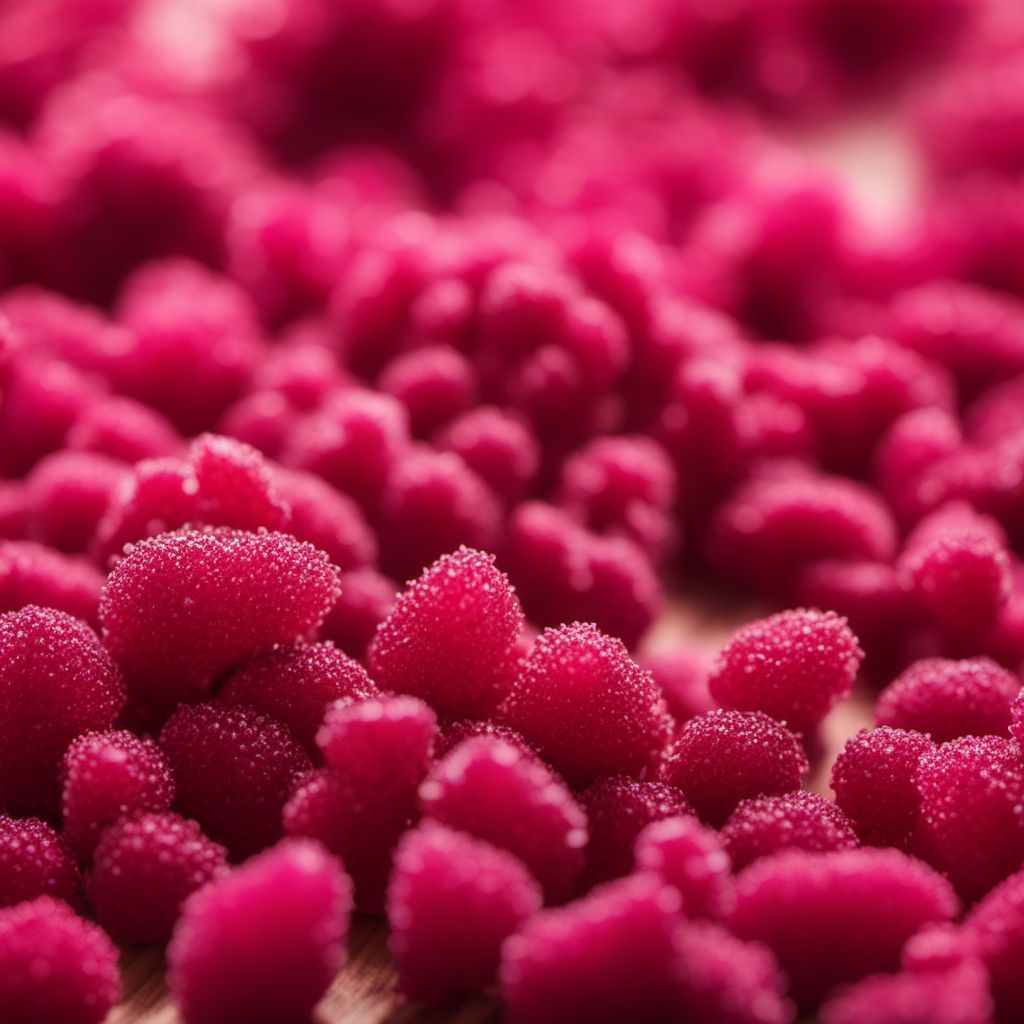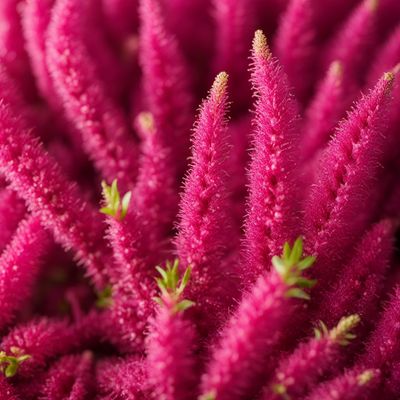
Ingredient
Red amaranth grains
The Nutrient Powerhouse
Red amaranth grains are small, round, and reddish-brown in color. They have a nutty taste with a hint of sweetness. When cooked, the grains retain their shape and develop a slightly chewy texture. They are often compared to quinoa or couscous in terms of texture and versatility.
Origins and history
Amaranth has a long history dating back thousands of years. It was a staple food for the Aztecs and other Mesoamerican civilizations. The grain fell out of favor after the Spanish conquest but has recently gained popularity due to its nutritional value. Red amaranth grains are now cultivated in various regions around the world.
Nutritional information
Red amaranth grains are a nutritional powerhouse. They are rich in protein, fiber, and essential minerals like iron, magnesium, and phosphorus. They also contain high levels of antioxidants and are gluten-free. A serving of red amaranth grains provides approximately 180 calories.
How to select
When selecting red amaranth grains, look for packages that are tightly sealed and free from moisture or insects. Check the expiration date to ensure freshness. Opt for organic or locally sourced grains when possible to support sustainable farming practices.
Storage recommendations
To store red amaranth grains, transfer them to an airtight container and store in a cool, dry place. They can be kept for up to a year. Cooked grains can be stored in the refrigerator for up to 3-4 days. If the grains become rancid or develop an off smell, discard them.
How to produce
Red amaranth grains can be grown in home gardens or containers. They require well-drained soil and full sun. Sow the seeds directly in the garden or start them indoors and transplant when the seedlings are a few inches tall. Regular watering and occasional fertilization will promote healthy growth.
Preparation tips
Red amaranth grains can be cooked and used as a nutritious addition to salads, soups, and stir-fries. They can also be ground into flour and used in baking or as a thickening agent. To cook the grains, rinse them thoroughly and then simmer in water or broth until tender, usually around 20-25 minutes. Drain any excess liquid before using.
Substitutions
Quinoa, couscous
Culinary uses
Red amaranth grains can be used as a substitute for quinoa or couscous in various recipes. They can be cooked and used in salads, pilafs, or grain bowls. Additionally, the ground flour can be used in place of wheat flour in gluten-free baking recipes.
Availability
Worldwide

